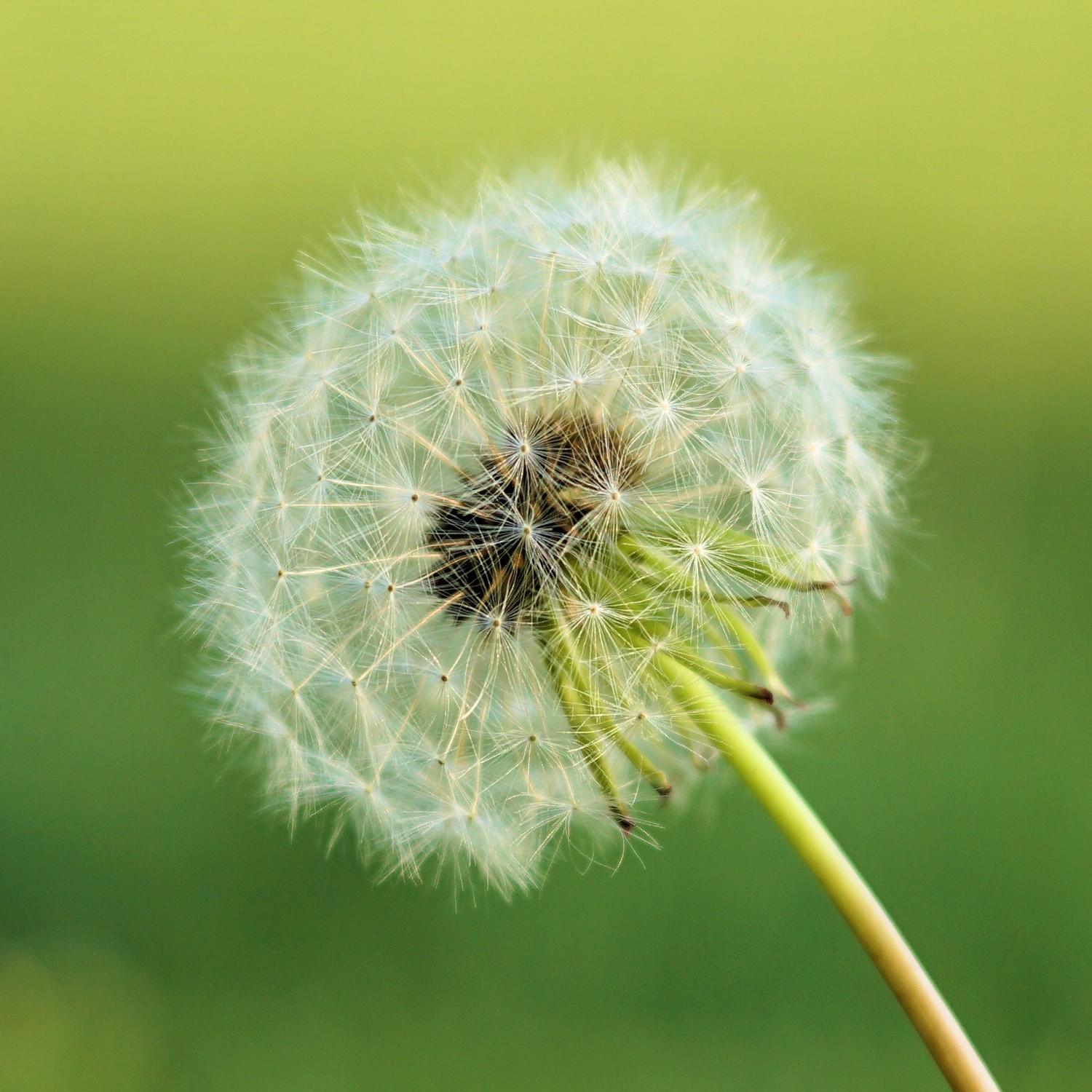He thought it was dandelion and it has ate in a soup but it was apoisonous herb: after two days of agony it is a man died of 56 years of Calolziocorte, in the province of Lecco, considered an expert in medicinal herbs. But what is dandelion and what benefits does eating it bring to the human body?
The plant
Dandelion (Taraxacum officinale) is a spontaneous plant considered purifying par excellence for the bile ducts and diuretic. Also known as dandelion, soffione or piscialetto, it is widespread in all areas and altitudes and grows in both temperate and cold climates up to 2,000 meters above sea level.
How to recognize a dandelion?
It is a herbaceous and perennial plant, between 10 and 30 centimeters in height. It has a large tap root from which a rosette of leaves with short, underground stems develops at ground level. The leaves are simple, oblong, lanceolate and lobed, with a toothed margin (hence the name dandelion) and no stipules. The stem is hollow, glabrous and milky with a golden-yellow inflorescence at the tip, called flower head on which there are hundreds of small flowers. Flowering occurs in spring mostly in April-May but can last until autumn. An indehiscent dry fruit develops from each flower: a sort of tuft of white hairs. Benefits and contraindications
“The dandelion – according to the experts of Ircccs Humanitas of Milan – is moften used for medicinal purposes. Inside there are active ingredients with a laxative and diuretic action; it can also help reduce inflammation. Traditionally used to relieve discomfort associated with burns and stings (including that of nettle), dandelion has a tonic and appetite stimulating action and is considered a good remedy for digestive problems. Finally, the dandelion has also found application in the treatment of liver and gallbladder problems”.
When not to eat dandelion?
“The dandelion – according to the experts of Umanitas of Milan – could interfere with the assumption of antibiotics, lithium, diuretics and some drugs modified by the liver. If in doubt, ask your doctor for advice.”
Formidable antioxidant
“From a nutritional point of view it is one source of anti-tumor antioxidants and protective of the skin and eyes. It also provides dietary fiber and, among minerals, potassium for heart health, calcium, phosphorus and magnesium for teeth and iron for red blood cells. Among vitamins, it provides allied molecules of metabolism, development and health of the nervous system and blood coagulation.
